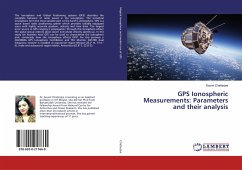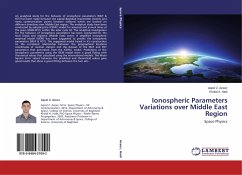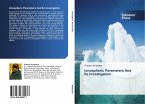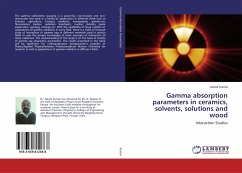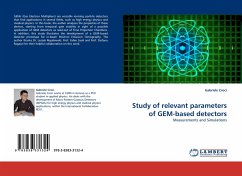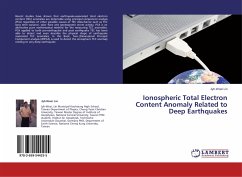The Ionosphere and Global Positioning systems (GPS) describes the complete behavior of radio waves in the ionosphere. The terrestrial ionosphere form the most variable part of the Earth's atmosphere. GPS is a space based radio positioning system which provides suitably equipped users with highly accurate position, velocity and time data. The largest error source in GPS ranging is propagation through the ionosphere where the signal group velocity slows down and phase velocity speeds up. In this study we examine how GPS can be used to characterize the ionosphere and, conversely, how the ionosphere affects GPS? For this purpose a GSV4004A GPS Ionospheric Scintillation and TEC Monitor (GISTM) dual frequency receiver is installed at equatorial region Bhopal (23.2° N, 77.6 ° E), India and subauroral region Maitri, Antarctica (62.8° S, 52.8° E).

